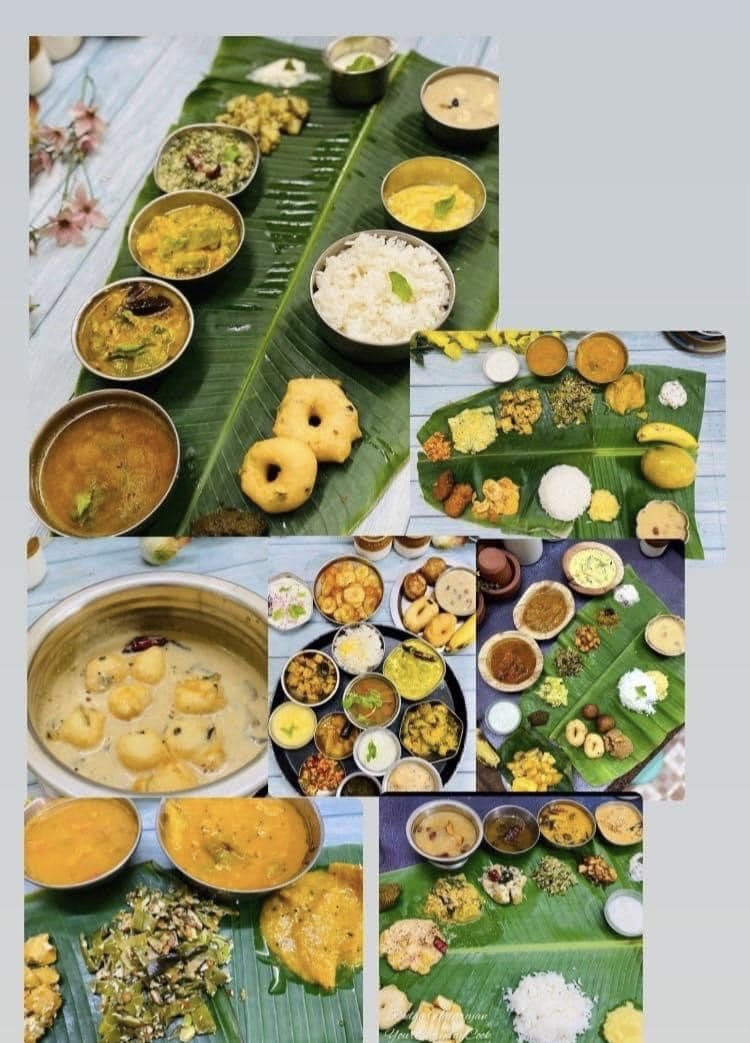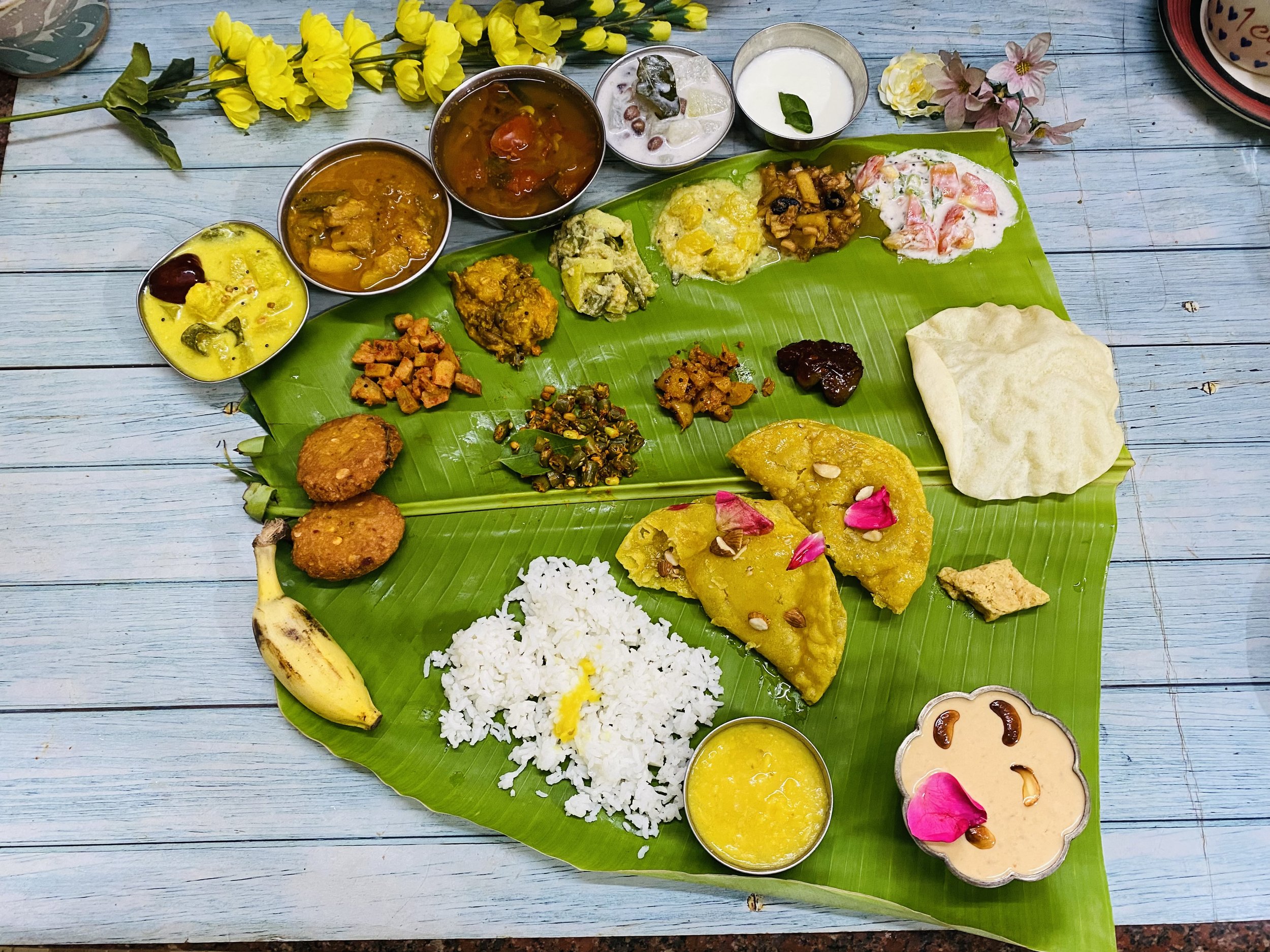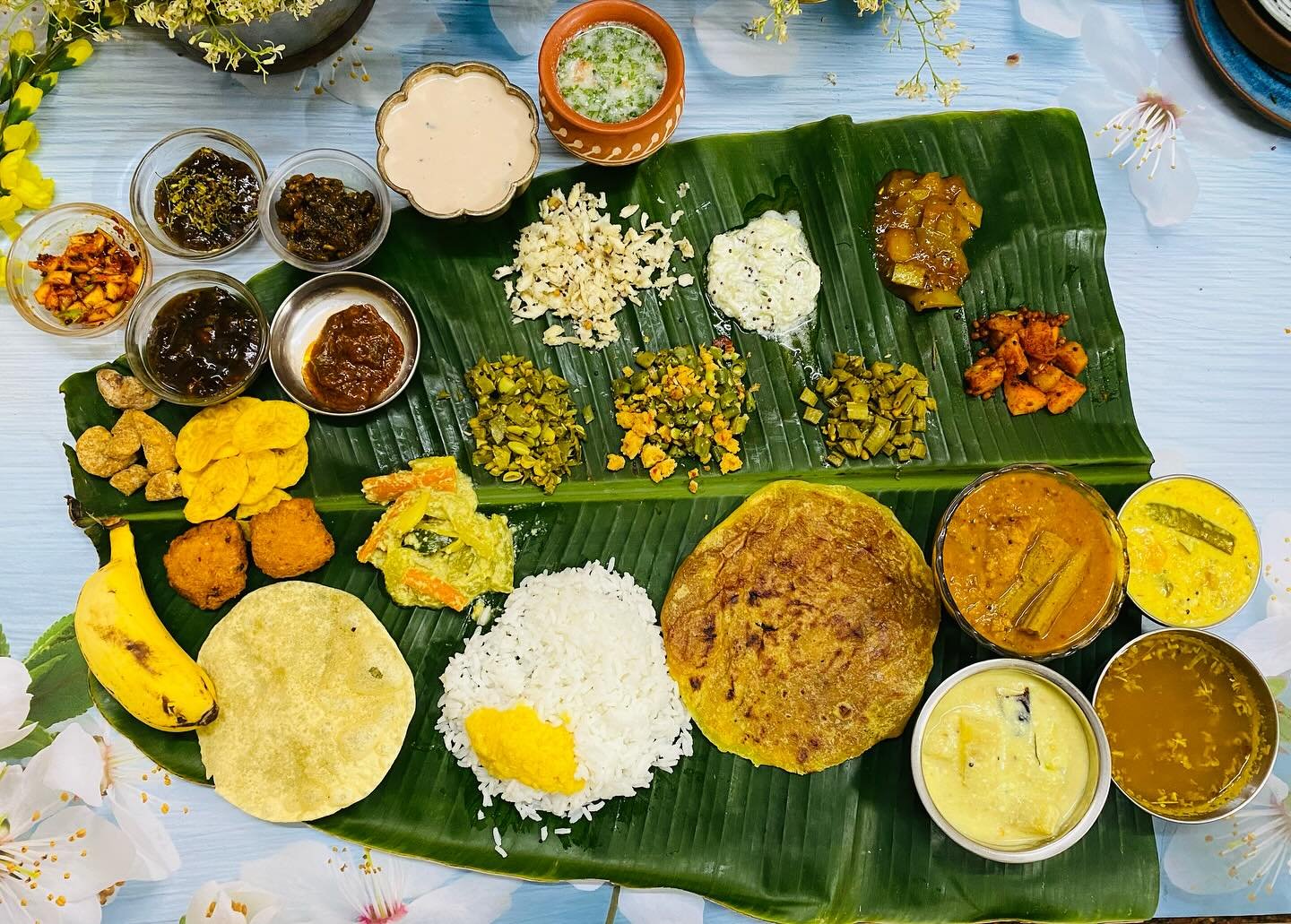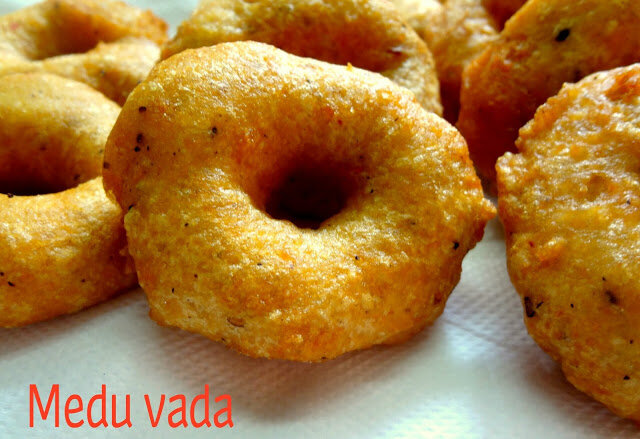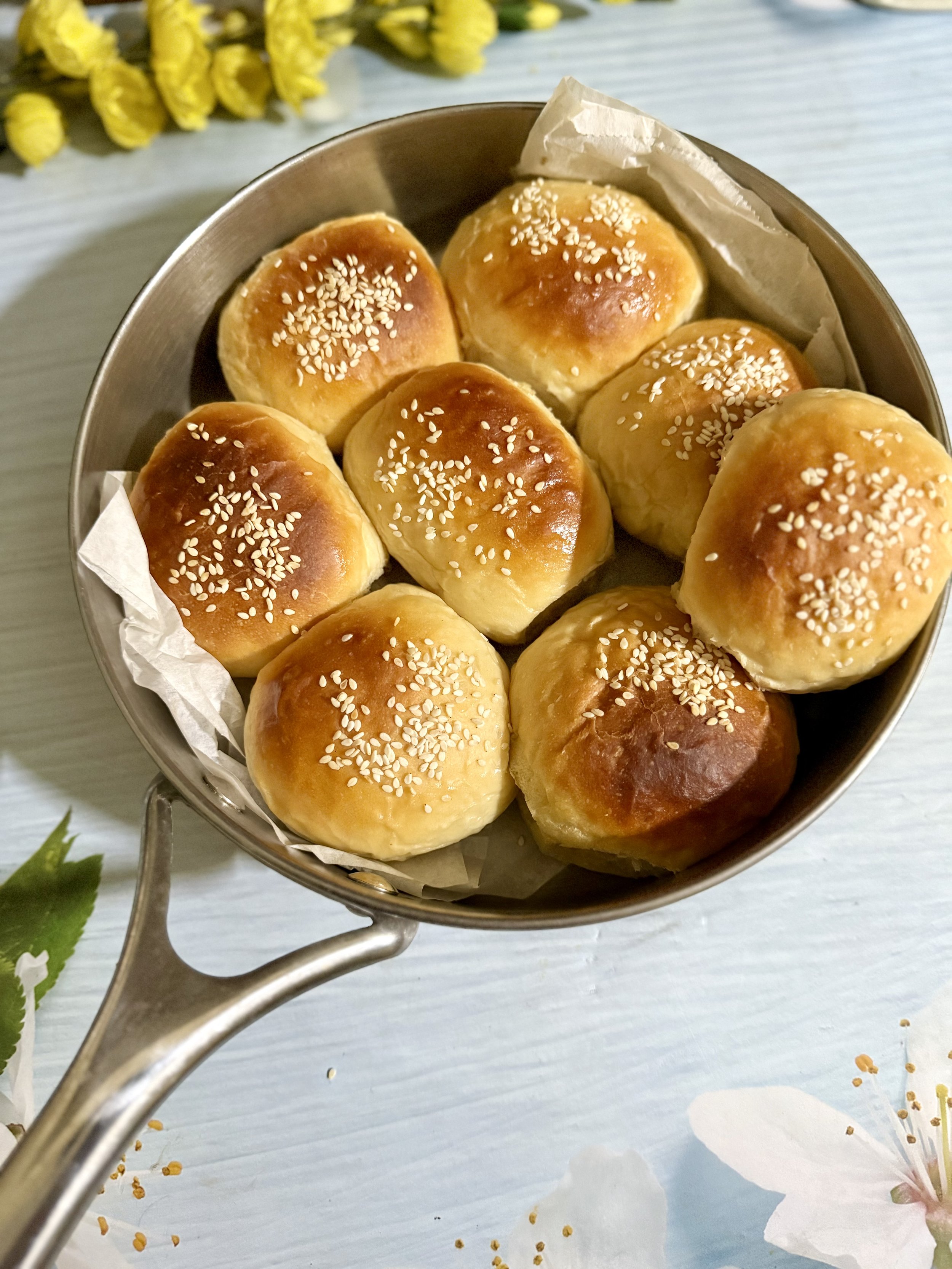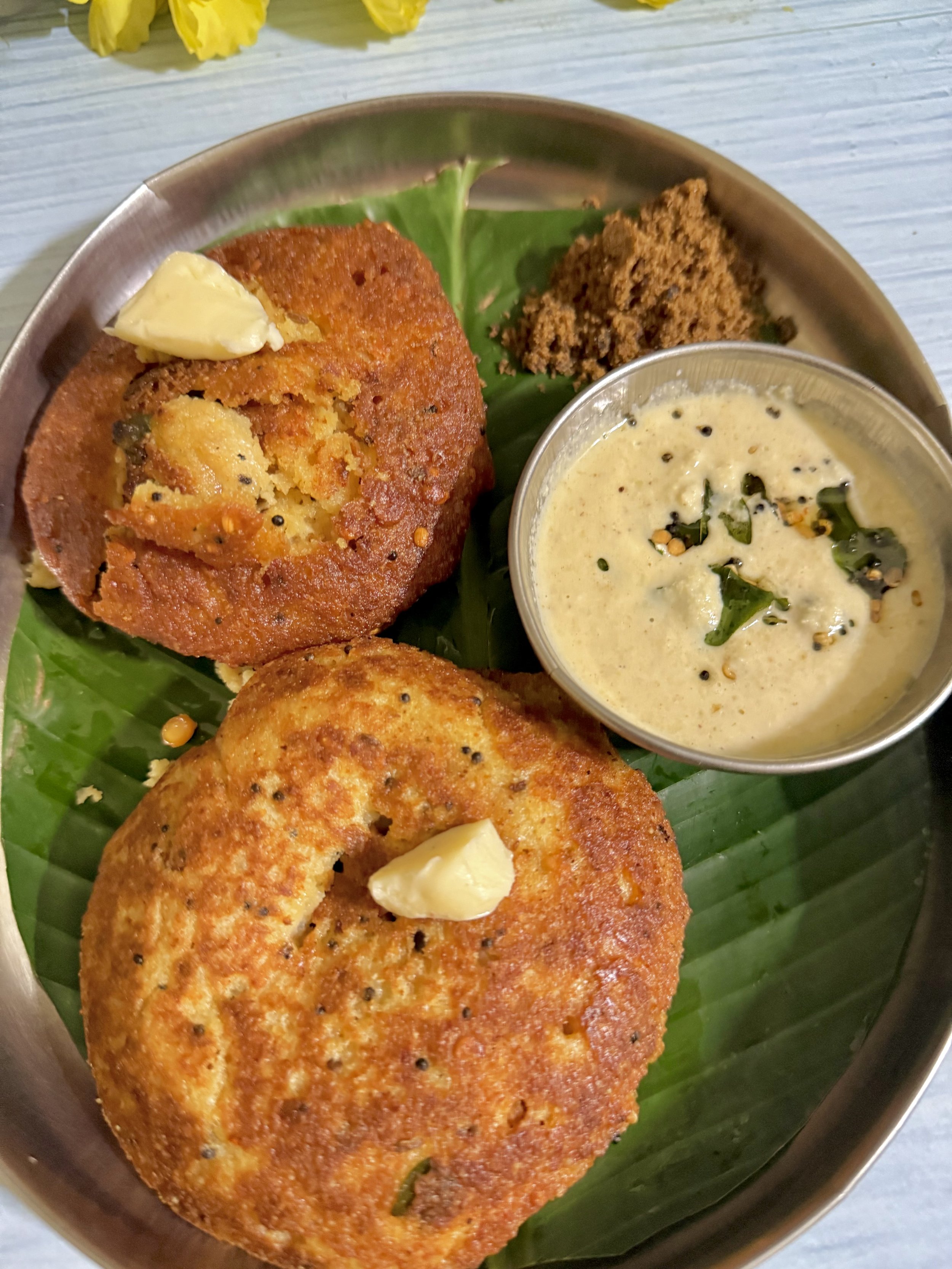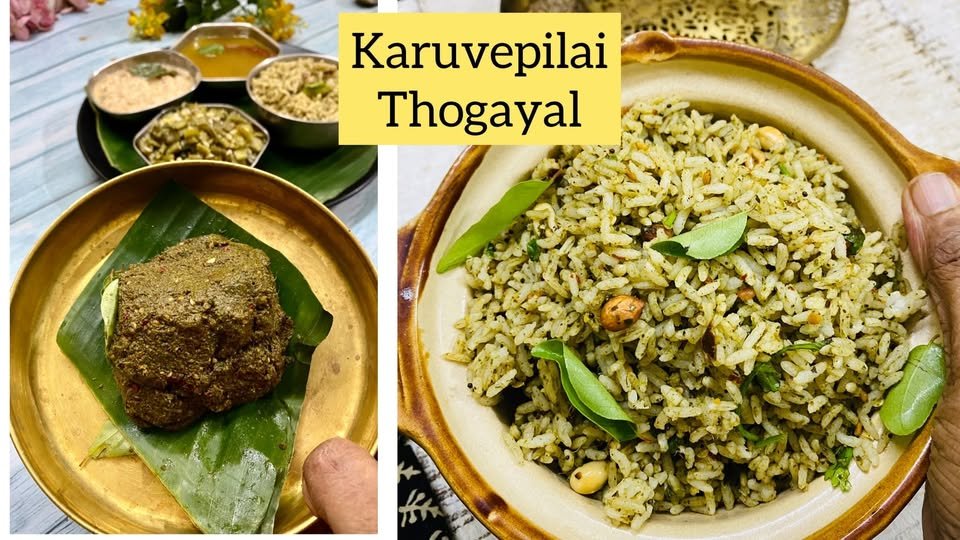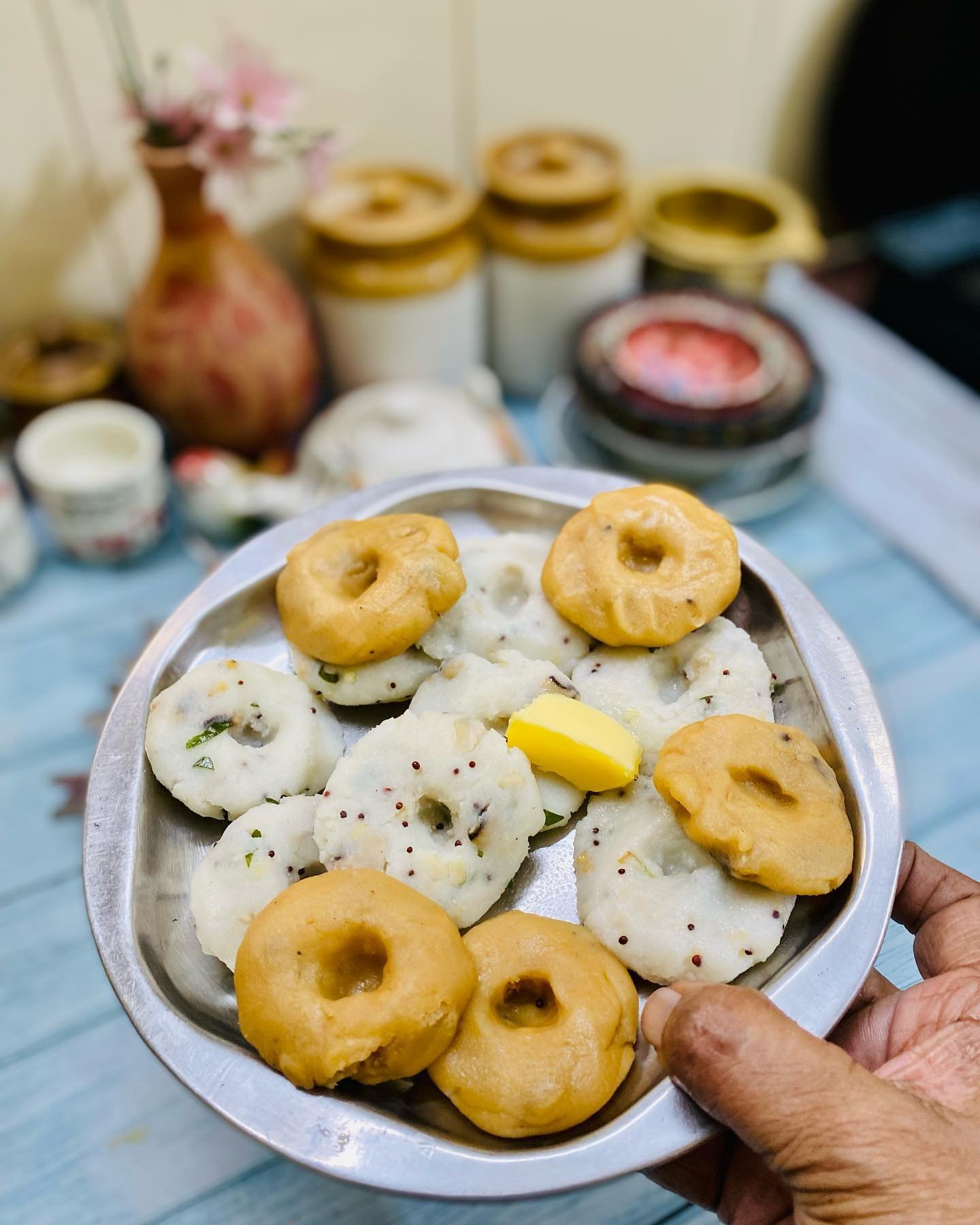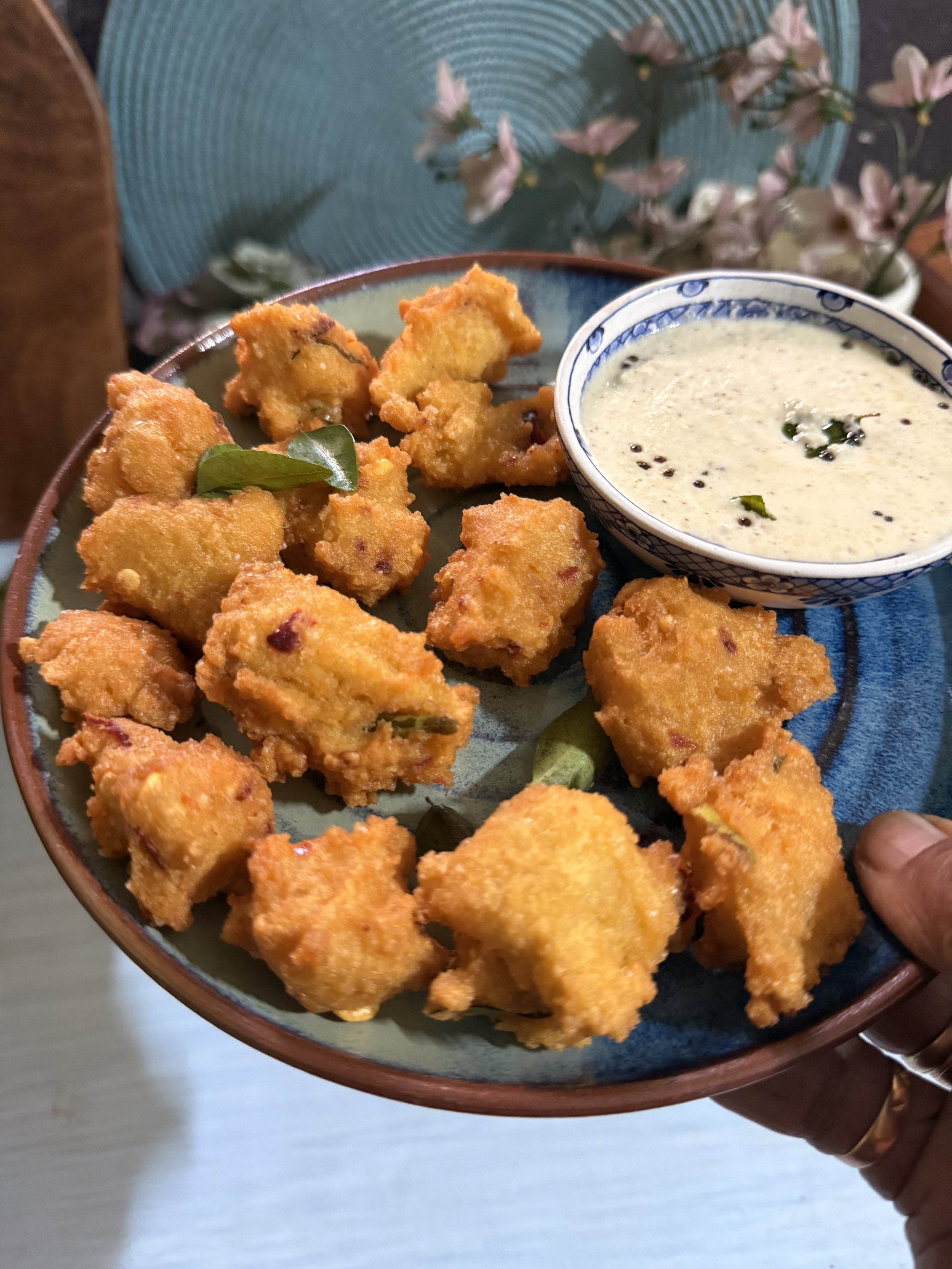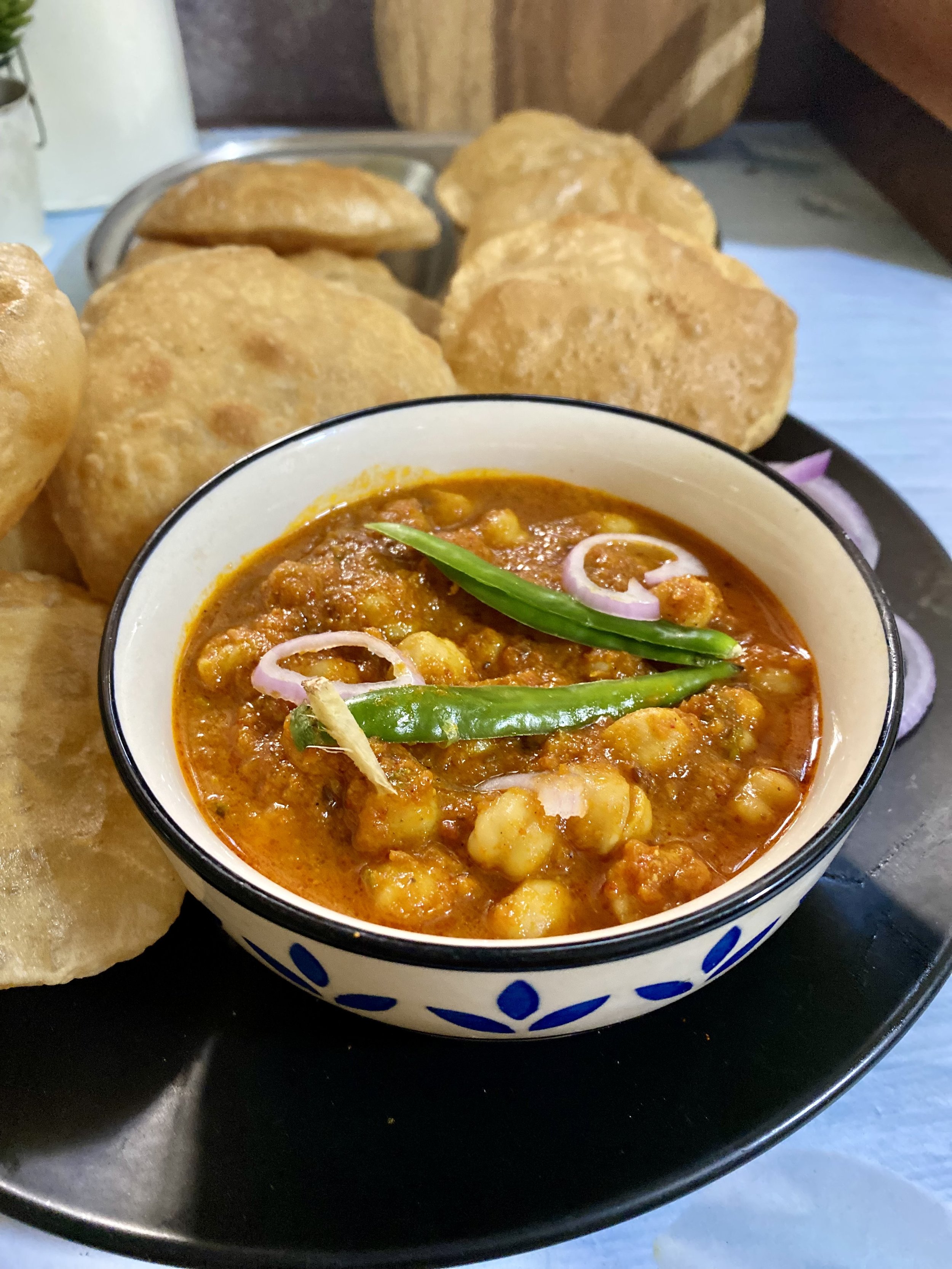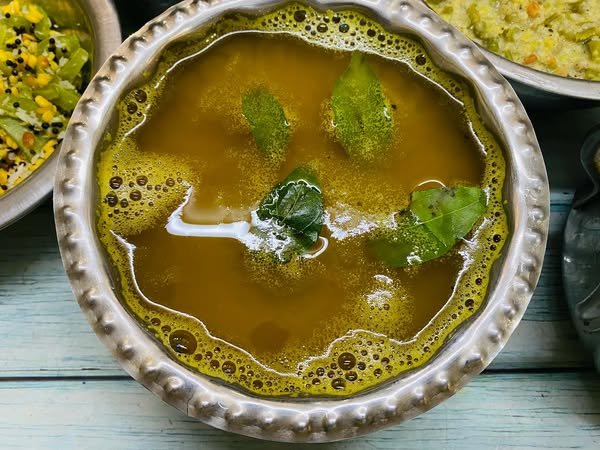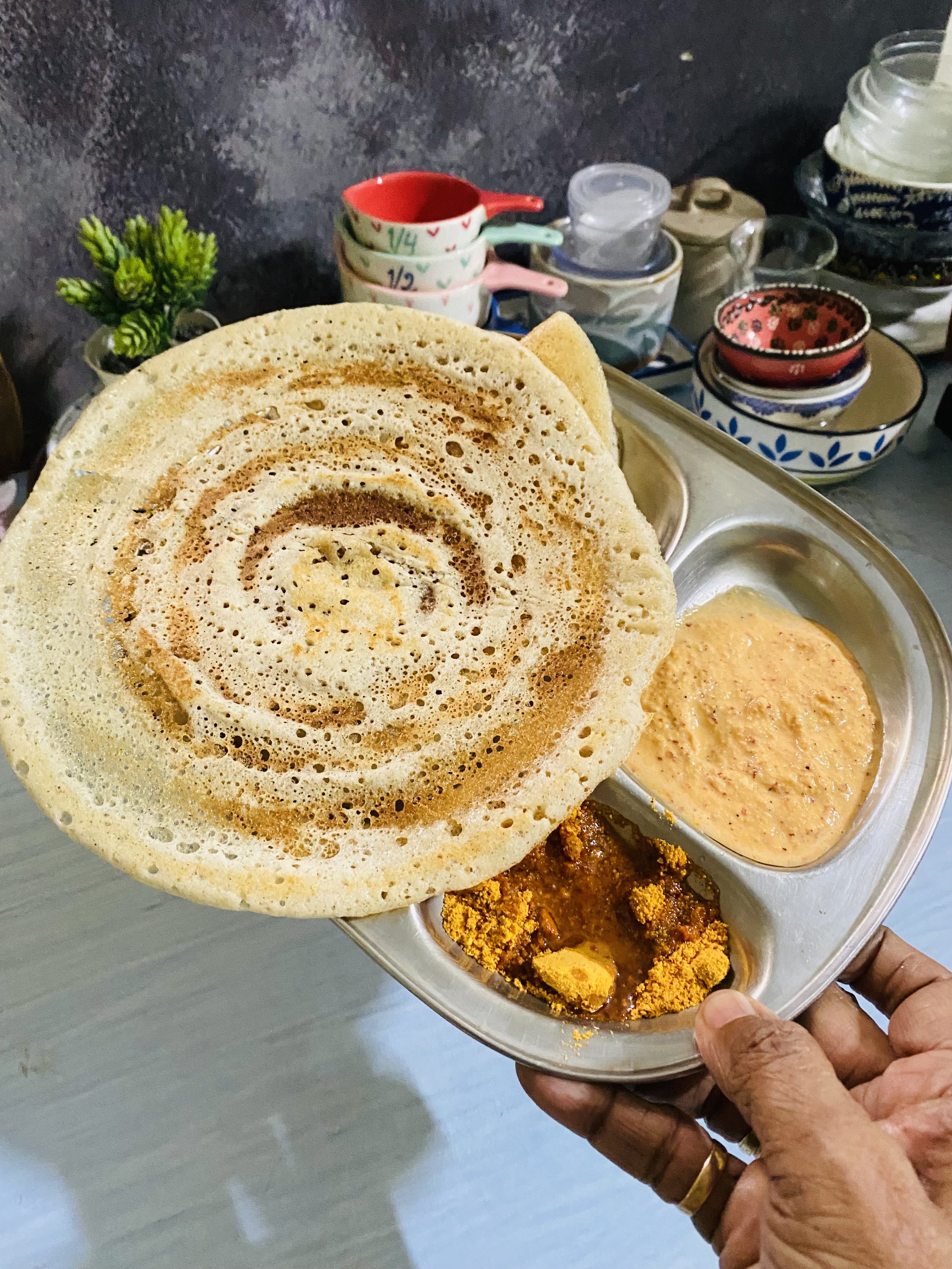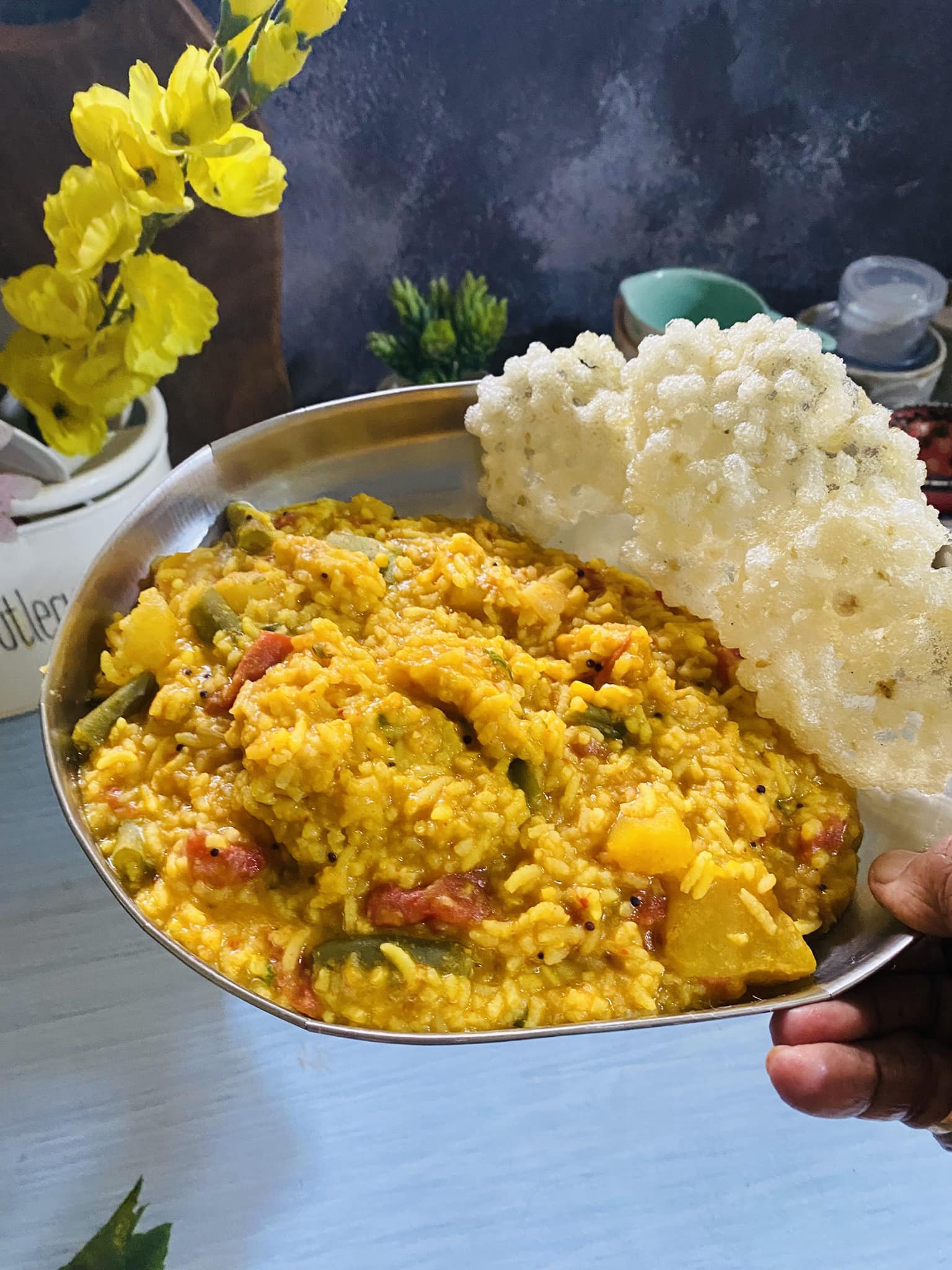Dharwad Pedha
Dharwad pedha
This recipe holds a special place on my blog – a long-awaited one for me! Growing up in Dharwad, a quaint town often described as sleepy, the Dharwad Peda is not just a sweet delicacy but an enduring love for me. Every Dharwadian holds a deep affection for this oddly shaped treat, made with the simplest of ingredients – milk, sugar, and a touch of cardamom powder, all coated with sugar powder.
With an extensive fan base that includes celebrities from various corners, the uninitiated might question what makes this sweet so special. Only a true Dharwadian can convey that Dharwad Peda isn't just a sweet; it's a part of their identity. Whether celebrating academic achievements, family festivities, or sharing as generous gifts beyond Dharwad, Dharwad Peda is an emotion, often accompanied by Girmitt and mirchi bajji.
The original creators, the Thakurs from Uttar Pradesh who settled in Dharwad, stumbled upon this delightful creation in their kitchen. Today, generations of Thakurs, known as Babusingh Thakur, continue the tradition of creating this incredible peda, exporting it in large quantities and even making it available for online sales.
Nestled in the serene Line Bazaar, synonymous with Babusingh Thakur Peda, the shop boasts an unassuming facade. One might question if this humble establishment is indeed the globally renowned Dharwad Peda shop – a testament to the unassuming charm of this beloved sweet haven.
Now that we are no longer in Dharwad, the yearning for this peda during every festival has become a heartfelt ache. Determined to savor its goodness, I took matters into my own hands in the kitchen and discovered that I could come close to replicating the beloved Dharwad Peda.
Though the process demanded long hours and continuous stirring, especially in the heat of Chennai, the end result was worth every effort. The grainy, moist sweetness of the Dharwad peda brought immense delight.
The appearance of the peda might deceive, presenting itself in an odd shape. I learned that after rolling them, the pedas are flung into a container of powdered sugar from a distance. The peda makers were seemingly unconcerned about perfect shapes. My speculation is that, engrossed in the long hours of stirring in a hot, traditional kitchen, they paid little attention to shapes. Hence, they simply formed rough balls of the mixture, flinging them into the sugar bin, resulting in the distinct, uneven shape. Surprisingly, this irregularity adds to its allure, and home-makers often replicate the technique to achieve the same charm. I even made a small ball, tossed it on a plate, and rolled it in sugar to recreate the traditional look. It may sound amusing, but that's how the artisans did it I have heard .
Locals in Line Bazaar are accustomed to visitors seeking out the Line Bazaar pedha shop. They willingly assist, proudly guiding you to the unassuming corner where the shop is located. Piled high with boxes marked "Dharwad’s Original and Famous Line Bazar’s Babusingh Thakur Pedha," the store is managed by the descendants of Ram Ratan Singh Thakur, who migrated to Dharwad from Uttar Pradesh in the 19th century. It was Babusingh Thakur, the grandson, who catapulted this peda to fame in Dharwad by producing limited quantities. There was a time when people queued up early to buy it, as it was available only in the morning until noon, and supplies would run out quickly.
I discovered the method for making this delicacy on Kannada Cuisine.com and made a few modifications. Don't be daunted by the process; I've also suggested a shorter, quick version at the end.
Recently, I recreated this peda using homemade fresh paneer, crumbled and cooked on a low flame. Check out the method in the video below. Both approaches yield fantastic results.
Ingredients. ( method 1 )
1 cup home made crumbled paneer or ricotta ( use fresh thick milk ), may need around 1.5 litre milk to make the paneer.
3/4 cup condensed milk
3-4 tbsp milk
Pinch of green cardamom powder
tiniest pinch of salt
3 tbsp ghee.
1-2 tbsp lime juice to curdle milk
3-4 tbsp coarsely powdered sugar for coating the pedas.
Method:
First make the paneer by boiling milk.
Boil milk in a vessel, as it comes up boiling , slowly add the lime juice while stirring the milk gently with one hand.
You will see that milk begins to curdle..wait for few minutes and add more lime juice only if you see there are some milky liquid left…the curdling process will leave all the thick fat and water separate..
Now add some ice cubes if you have or chilled water to the curdled milk, to stop the cooking of fat and to get a correct texture of the paneer, and to remove the lemony taste, remove water by draining the whey ( save this whey for making chapati dough )
when all the watery liquid is removed, drain in a sieve.
After an hour, remove the thick collected fat from the tea sieve, now use a fine cheesecloth or any good clean thin white fabric to tie the paneer and to get a firmer cheese.
Make a bundle, wring it as much as you can to remove water .This soft crumbled paneer is good enough to make our peda.
Method
Now take a wide hard based bottom non stick pan.
Add some ghee, add the crumbled paneer , keep the flame on low.
Start stirring the mixture and if it appears to be drying or sticking tot he base add some tbsp of milk.
Then add the condensed milk , cardamom powder and now the stirring has to continue for a while till the milk , paneer mixture starts thickening.
Use the spatula to keep smoothing the paneer crumbles and mix well.
After a while you will notice the liquid drying up and the crumbled paneer appearing to be grainy and darkening in colour,
After the mixture is almost dry, take off from flame and keep aside to cool.
At this stage it will appear like our south Indian therati paal. But we have more work left to make the end product.
After the mixture has cooled down, blend it in the mixie to get a smooth mixture.almost like paste.
Remove the mixture from the jar and again take the pan in which we cooked this mixture earlier, add some more ghee and this blended paste , start stirring , at this stage you need to be very careful not to burn as the mixture tends to stick to the bottom.
Add few more drops of milk to slightly loosen the peda dough. The reason we are doing this stirring again after blending is to cook it further to get the rich dark colour of the peda.
Again after a while you will see the whole mixture coming together to a ball, separate it by spreading the mixture all over the pan with the spatula to get a more finer grainy texture and to roast the mixture well .
Add remaining ghee if any left over and keep stirring briskly.
Finally the ball of peda mixture will form one ball, which if separated with a spatula will show lots of grainy texture, that is the consistency we want.
Take it off and let the mixture cool down, at this stage, taste a bit to see if it is chewy or sticky, otherwise keep it on the gas on a low flame to cook more very carefully.
Notice the mixture is not sticky at all and you can form balls easily.
Pinch off small peda dough and make small uneven shape balls and roll in the coarsely powdered sugar.
When you bite into it , it taste caramelly, moist and not too intensely sweet.The grainy feel makes it melt in the moth.
Keep aside and store in an airtight container.
Enjoy Dharwad peda from your kitchen if you cannot get hold of the authentic one
Ingredients ..( second method )
200 grams paneer
made fresh with full fat milk check my youtube video to make quick paneer at home either with milk powder or fresh milk , same method ..https://youtu.be/tn1XPHFAxLI 70 grams sugar ( as per individual preference, you can adjust according to desired sweet ness as you keep cooking )
7-8 tbsp milk just enough to keep the mixture moist during the cooking .
1 tbsp ghee, to be added little by little .
a tiny pinch of cardamom powder
some powdered sugar to coat the prepared pedas
A point to note is that the sugar , ghee and milk to be added in intervals as you keep cooking the crumbled paneer in the pan , not allowing to dry out completely , yet shouldn’t be too mushy either, so accordingly add these ingredients in stages..
It is good to grind the mixture thus roasted , twice to get a moist yet not sticky mixture which holds well when shaped into a peda. it will remain soft inside, while still maintaining the shape .
after first grind , take it back to pan , the mixture will resemble powder, add a tbsp milk and remaining sugar , to keep cooking further on a very low flame ..it gets moist , non sticky and comes together..
when cooled for the second time , add cardamom powder and grind second time , after which you need not cook further ,but continue to shape into peda, when warm enough to hold .
after the second roasting of the crumbled paneer mixture, the ingredients will get used up it is noticed in Dharwad, these pedas have no particular shape but just pinched off balls and usually oval or un even shaped ones , but coated with powdered sugar …
this i think is its uniqueness! it make look very ordinary but the taste is simply mind blowing . when the word Dharwad is mentioned, one thinks of Dharwad peda only !
Dharwad Pedha
Browse my Instagram for more recipes. Follow me in Instagram for daily uploads .














